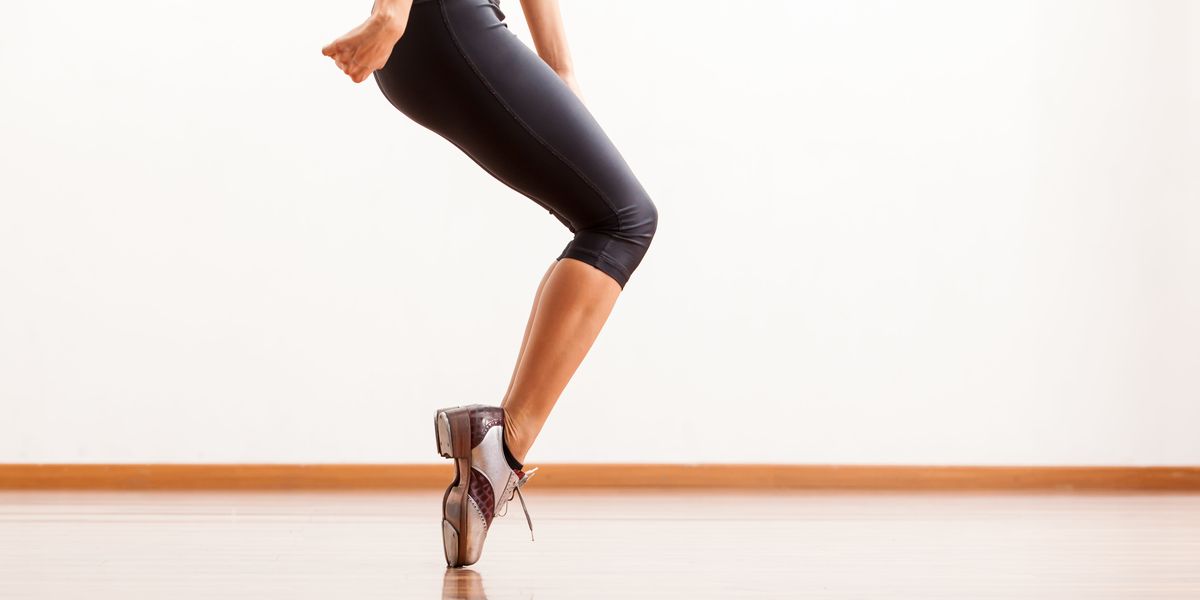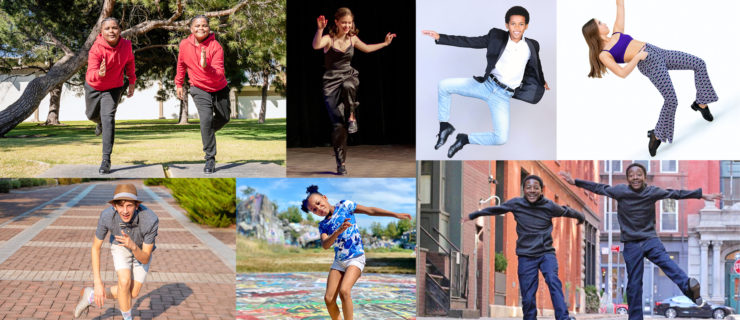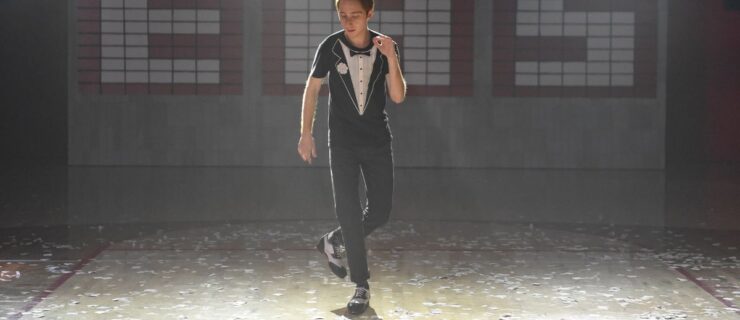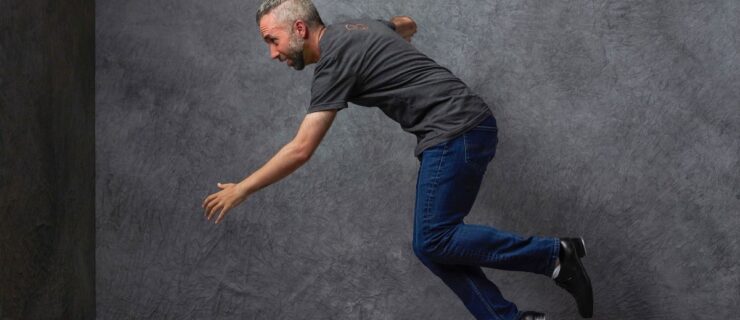Experts Break Down the Tap Jam—And How Best to Play Your Part
Pullback, shuffle, and Maxie Ford are tap terms you’ve probably heard all the time. But what about shed, cypher, and trading? Those are all words that have to do with a tap jam. You may think you’ve never jammed before, but if you’ve ever participated in an improvisation circle at the end of a tap class, that counts! A tap jam can be anything from a ticketed event in a theater to an informal gathering of tap dancers in the studio. You might dance by yourself, or you might share the floor with another dancer or musician. Dance Spirit asked two master tap artists to share what every tap dancer should know before they attend a jam.
Tapping into History
Jamming isn’t just an integral part of tap culture–it’s how the art form was born. “It’s a vital part of the tradition of jazz music and tap dancing to participate in spontaneous music-making and artistic expression,” says NYC-based tap dancer and musician Max Pollak, creator of RumbaTap. From the 1920s through the 1940s, the back room of a pool hall in Harlem, New York, was known as the “Hoofers Club.” Black tap dancers such as Bill “Bojangles” Robinson, Charles “Honi” Coles, and John Bubbles would gather to improvise, hone their craft, and get inspiration from each other’s steps.
Manhattan was also home to ongoing tap jams in the 1990s. Jimmy Slyde presided over weekly jams at the jazz club La Cave, where young tap dancers regularly came for practice and mentorship, and James “Buster” Brown hosted sessions at Swing 46. “Without those jams, tap would not be what it is today,” Pollak says. “People awakened to the fact that tap dance was alive and kicking.”
Today, tap jams are staples at tap festivals worldwide, and are occasionally organized at jazz clubs and dance studios by dancers eager for creative exchange and community-building. You might also hear them called jam sessions, cyphers, or improv circles, and some tap dancers refer to jams simply as shedding.

Max Pollack (photo by Lois Greenfield, courtesy Pollack)
All the Right Notes
A tap jam may or may not include music, but if live musicians are present, collaborating with them is a fantastic way to learn. In some cases, the band is hired as part of the jam. In other situations, a band may be having their own jam session at a café or jazz club, and they may be amenable to having a tap dancer participate, if you ask politely. In either scenario, find out who’s in charge of the jam and introduce yourself.
Next, you have to decide what song you want to dance to. You’ll want to be familiar with standard jazz tunes, such as “Autumn Leaves,” “Sweet Georgia Brown,” or “On Green Dolphin Street.” “Have two or three tunes in your back pocket that you know the melody of,” Pollak says. “Don’t call a tune that you can’t sing to the piano player.” When it’s your turn to dance, you need to decide on a tempo for your tune. “Have it locked into your body before you go onstage,” says Pollak. “Sing the first eight bars in your head and snap your fingers.”
After introducing yourself to the band members—a common courtesy that they’ll appreciate—propose your song. If they’re unfamiliar with your song choices, or have already played them, you can ask the band to play something with a certain feel, such as funk or bossa nova. Once you’ve agreed on a tune, you’ll need to count them in to start playing. “Feel the pulse of the song in your body,” Pollak says. “Keep singing your tune in your head. Start flapping or snapping your fingers until you’re ready to count off.” The most common way to cue musicians is to count “ah one, ah two, ah one, two, three, four.”
That’s because unlike dancers, musicians count music in bars (typically four counts). Never say “5-6-7-8” to a musician!

Bril Barrett (photo by William Frederking, courtesy Barrett)
Time to Hit the Floor
Bril Barrett, founder of M.A.D.D. Rhythms, hosts tap jams twice a month in Chicago. He shared his top tips to take with you to your first tap jam.
Keep time.
Tap dancers are simultaneously musicians and movers, so it’s important to feel the beat. “Know where the ‘one’ is,” Barrett says, referring to the downbeat. “You must know when to start and when to stop.” Snapping your finger or bouncing your knee can help you stay in time.
Respect the music.
Remember that your goal is to be a part of the song you’re dancing to, not to overpower it. “Find an instrument that sticks out and emulate it,” Barrett says. “Or listen for a repetitive phrase in the music and copy that.”
Keep it simple.
Jamming doesn’t mean showing off all your best moves. Reacting authentically to the music or the other dancers is what makes a jam exciting. “It doesn’t have to be fast. It doesn’t have to be fancy. It just has to make sense,” says Barrett.
Don’t be afraid.
Even though improvisation can be nerve-wracking for some dancers, there’s no reason to be anxious about a jam session. Barrett, who says that mistakes are encouraged, likes this quote from Dr. Jimmy Slyde: “If you’re not falling, you’re not growing.”
Make it your own.
The cardinal rule of the Hoofers Club was “Thou shalt not copy anyone’s steps–exactly!” “Getting ideas and stealing steps from other dancers is part of the culture,” Barrett says. “In fact, it’s recommended. But you’re always encouraged to make it true to you.”




